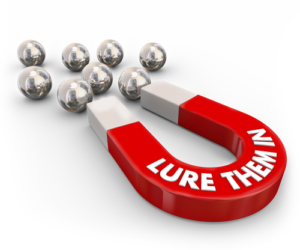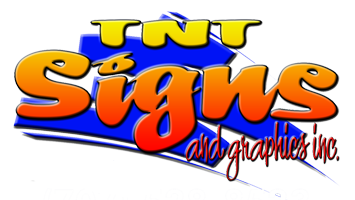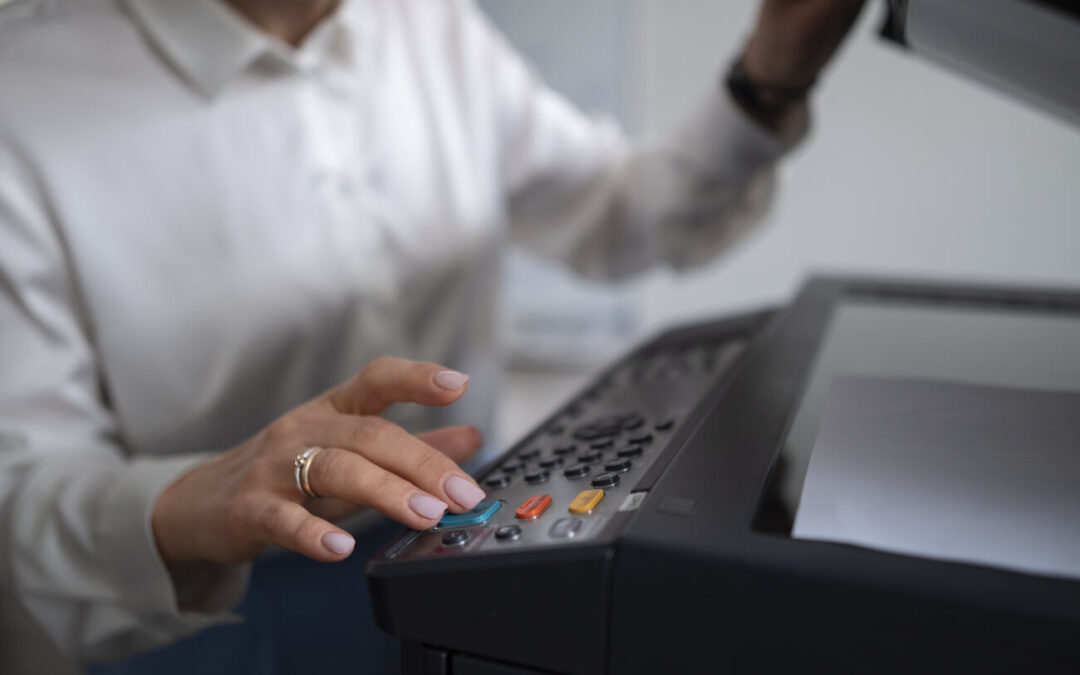The secret to getting people motivated and ready to take action has been known for decades. A technique called Monroe’s motivated sequence was created by a Purdue professor named, as luck would have it, Alan Monroe.
The sequence goes through five steps from getting people to pay attention to what you have to say (step one) to actually taking action based on your pitch (the last step).
The first step is the reason radio and TV ads start with a bang…sometimes literally something like a horn beeping, plate crashing, or guy screaming. (You won’t need to go that far with your banners.)
But the more of these principles you can incorporate into your banner printing the better.
Using your banners to show your customers that you get their needs (second step), you have a solution (third step), and that only though applying your solution will they solve their need (fourth step) can’t help but improve your sales.
Monroe’s Motivated Sequence

Alan Monroe was a psychologist, motivational speaker, and someone who knew the power of making a pitch to an audience. Through years of trial and error, he figured out the best way to get folks excited to take action.
-
Step One: Grab Their Attention
The first thing that you obviously have to do is grab people’s attention. Instead of resorting to a foghorn or mounting a soapbox every day, you can let a vibrant vinyl banner do the talking.
When you’re giving a speech you probably want to start off with an interesting anecdote, joke, or rhetorical question to get people relaxed or thinking about your product. With banners, though, there’s a shortcut.
Simply put the word “you” around your brand and other images on your banners to draw customers in. This, although simple, really works: Email marketing campaign messages that use the word “you” in the subject line have significantly higher open rates.
-
Step Two: Establish the Need
You’ve undoubtedly seen dozens, if not hundreds, of Coke ads. The need they’re catering to – thirst – is about as basic as it gets and doesn’t require a very elaborate pitch.
Coke is also an established brand that basically relies on a red/white color scheme and little else.
Your brand probably has to establish a need or show how your customers’ maintaining the status quo isn’t cutting it. Using words like “avoid” can be really effective because it reminds them of the problem they’re having and creates a sense of urgency to solve it.
-
Step Three: Satisfy the Need
Another way of putting this is that you’re going to offer up a solution. This is where posters and banners really shine because they allow you to visually depict how your product helps customers out.
Using words like “easy” and “simple” and “quick” are great design ideas because people just don’t want their problems solved anytime…they want it done quickly and easily without any fuss.
Part of making life easy for your customers is having dates, event or product information, times, and contact information where folks can easily see it. If they have to search for that stuff, they might just walk away.
-
Step Four: Visualizing the Future
This step is something that car commercials on TV, and even car ads on billboards, do really well: They show a guy driving a car and encourage you to imagine how awesome it would be to be in the driver’s seat one day.
-
Step Five: Create Action
Slipping in words like “now,” challenging customers to take action, or making a money-back guarantee can definitely get people into gear. Anything to make banner printing more effective! Contact us for more information.
Elevating Your Banner Messaging with Monroe’s Motivated Sequence
Adding Emotion to the Attention-Grabbing Stage
Getting attention isn’t just about flashy colors or bold text—it’s about creating an emotional connection. Incorporating emotional triggers like curiosity, humor, or even nostalgia can amplify the impact of your banners. For instance, a banner with a playful tagline like “Remember the good old days? Let us bring them back!” not only catches the eye but also stirs feelings. Pair this with striking visuals, and you’ve got a combination that stops people in their tracks without needing a foghorn.
Turning Needs into Aspirations
While establishing a need is critical, taking it a step further by connecting that need to a larger aspiration can be even more powerful. For example, instead of just highlighting thirst, as a Coke ad does, why not appeal to a sense of achievement or community? A banner for a local fitness center could read: “Thirsty for change? Join a community that sweats together!” By linking the immediate need to a broader goal, your banner becomes more than just an ad—it becomes a motivator.
Make Action Irresistible with Exclusivity
Creating urgency is essential, but adding exclusivity to your call to action can drive even more engagement. Words like “limited-time offer” or “exclusive to first 50 customers” make the action feel like a rare opportunity. A banner that says, “Sign up today and get a free gift—only for the first 20 people!” makes the decision easy and immediate. People don’t want to miss out, so give them a reason to act now rather than later.
These strategies seamlessly build on Monroe’s Motivated Sequence while tailoring it for banner advertising, turning every design into a conversation starter and action driver.



